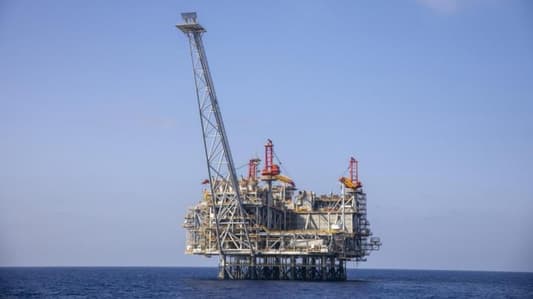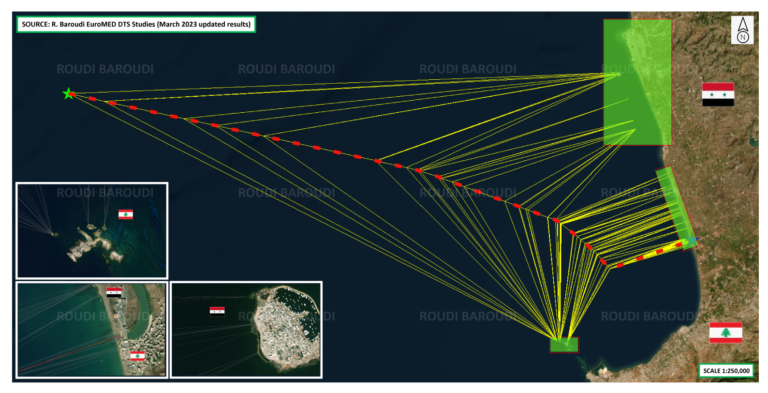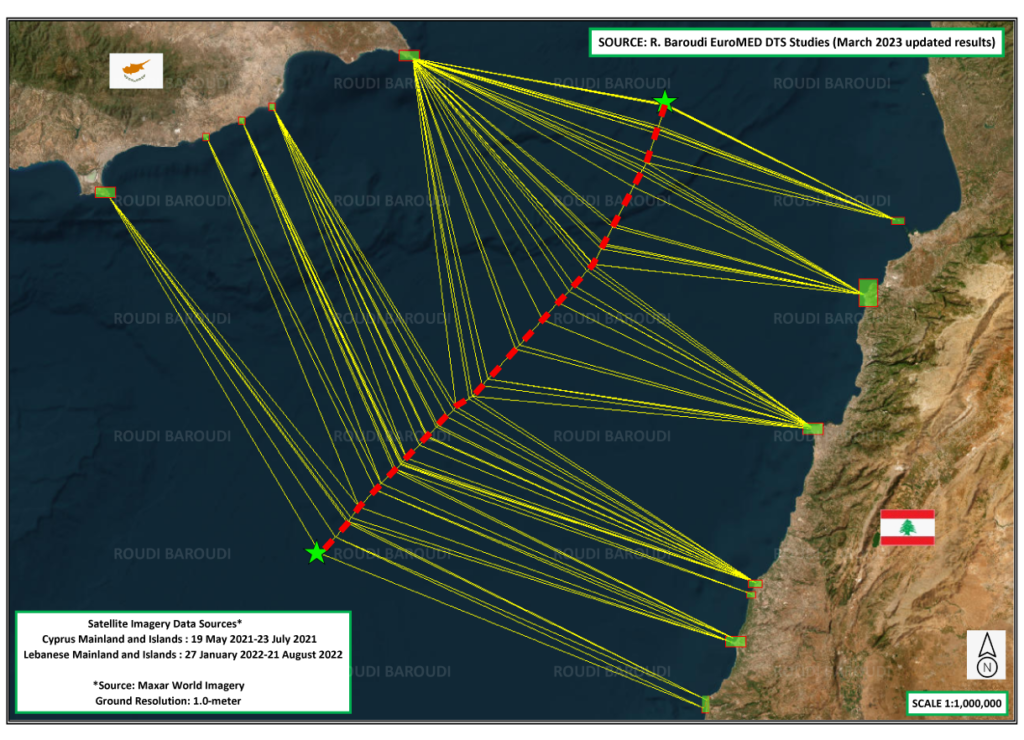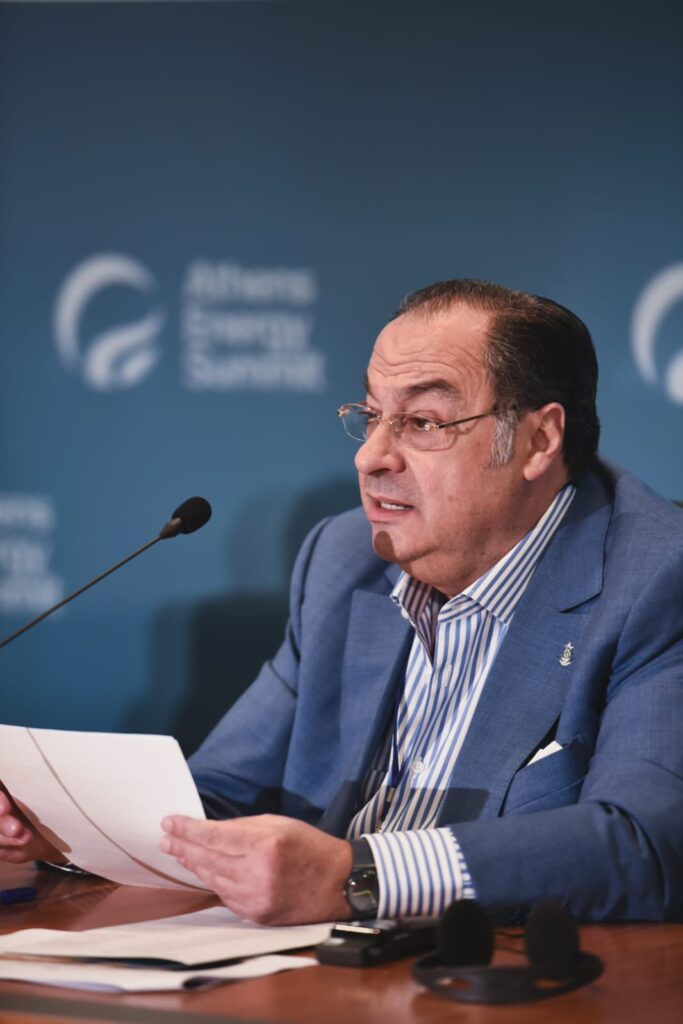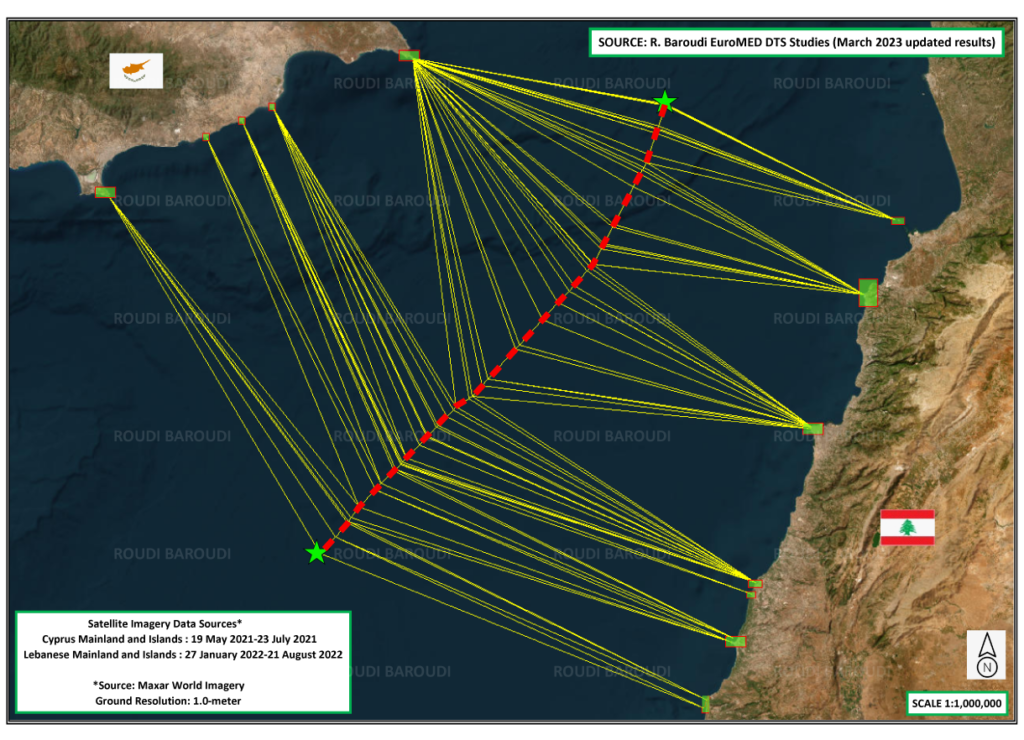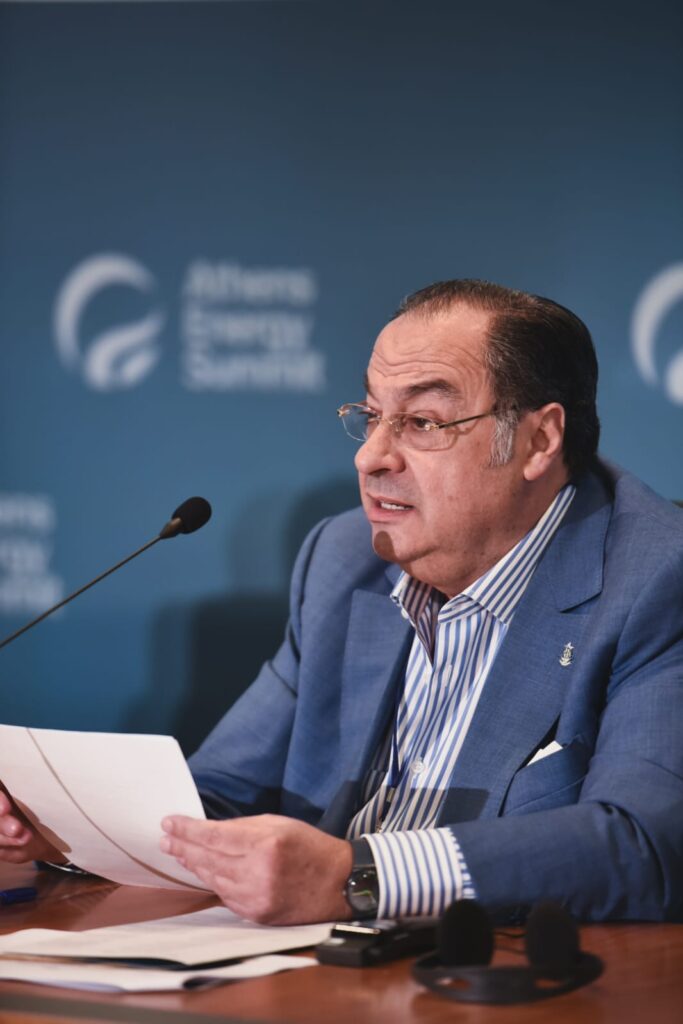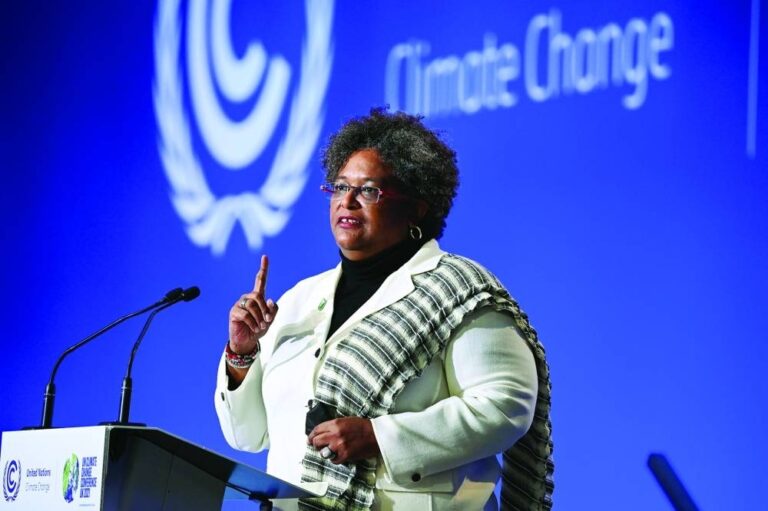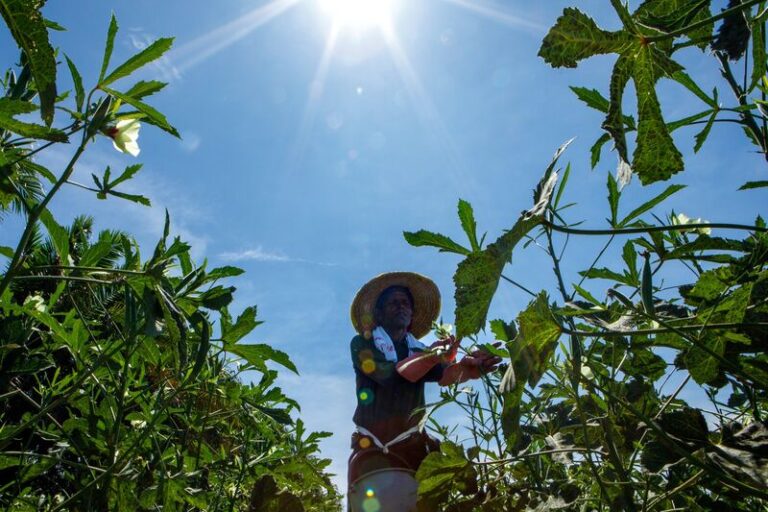Qatar’s LNG projects will achieve significant reductions in greenhouse gas emissions: Al-Kaabi
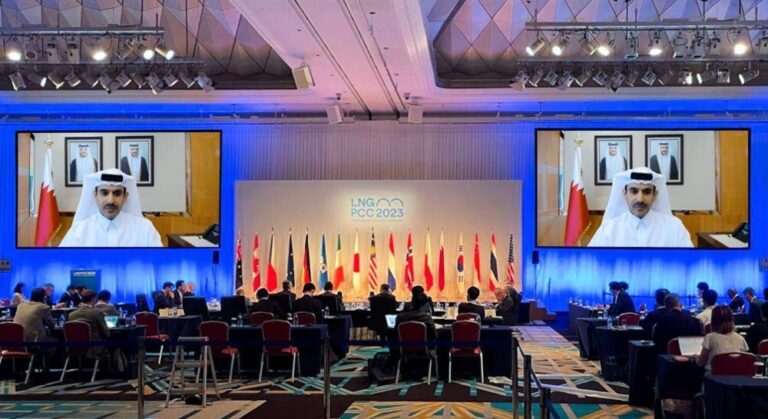
Qatar’s LNG projects will achieve significant reductions in greenhouse gas emissions through carbon capture and sequestration as well as the use of solar energy, noted HE the Minister of State for Energy Affairs Saad Sherida al-Kaabi.
“In all, we aim to reduce the overall carbon intensity by about 30% compared to previous generation designs,” al-Kaabi said delivering the keynote address on the virtual mode at the 12th LNG Producer-Consumer Conference being held in Tokyo, Japan.
Al-Kaabi, who is also the President and CEO of QatarEnergy stressed the need for a clear roadmap with specific targets to achieve a fair and effective energy transition with a realistic and stable path towards the reduction of the global carbon footprint.
The minister said, “I would like everyone around the world calling for a speedy energy transition to consider that the world needs a fair and effective transition with a realistic and stable path, which wisely balances humans flourishing with environmental protection, it should not continue to only focus on the needs of the rich and well-developed countries but must prioritise the needs of developing countries.
“This highlights the need for a realistic and resolute energy transition, starting with a solid integration of natural gas in the energy mix of today and tomorrow. We strongly believe that Gas will be needed as a safer reliable base load in the energy mix for most nations for decades well beyond 2050.”
Highlighting the challenges facing the energy industry, Minister al-Kaabi said, “Lack of investments in the oil and gas upstream sector remain as an unresolved and unchallenged chronic problem, contributing to greater lack of clarity, volatility, and supply uncertainty. This lack of investment will likely cause increased instability for every region around the world.”
In this context, al-Kaabi said, “Qatar is providing the world with the cleanest available hydrocarbon source of energy, which has met both the economic and environmental aspirations for a better future. By 2029, about 40% of all new global LNG supplies will be provided by QatarEnergy projects.
Minister al-Kaabi concluded his remarks by stressing the State of Qatar’s determination to work with its clients and partners to realise the full potential of LNG as a vital contributor to a realistic and responsible energy transition, and to continue to take concrete action across the entire spectrum of the energy industry to address the challenges of climate change.
The LNG Producer-Consumer Conference is a global annual dialogue, launched in 2012, organised by Japan’s Ministry of Economy, Trade and Industry, and the Asia Pacific Energy Research Centre.
It provides ministers, heads of international organizations, corporate executives, and other stakeholders with a venue to share the latest trends in the global LNG market and discussing opportunities and challenges with a view to its development.
